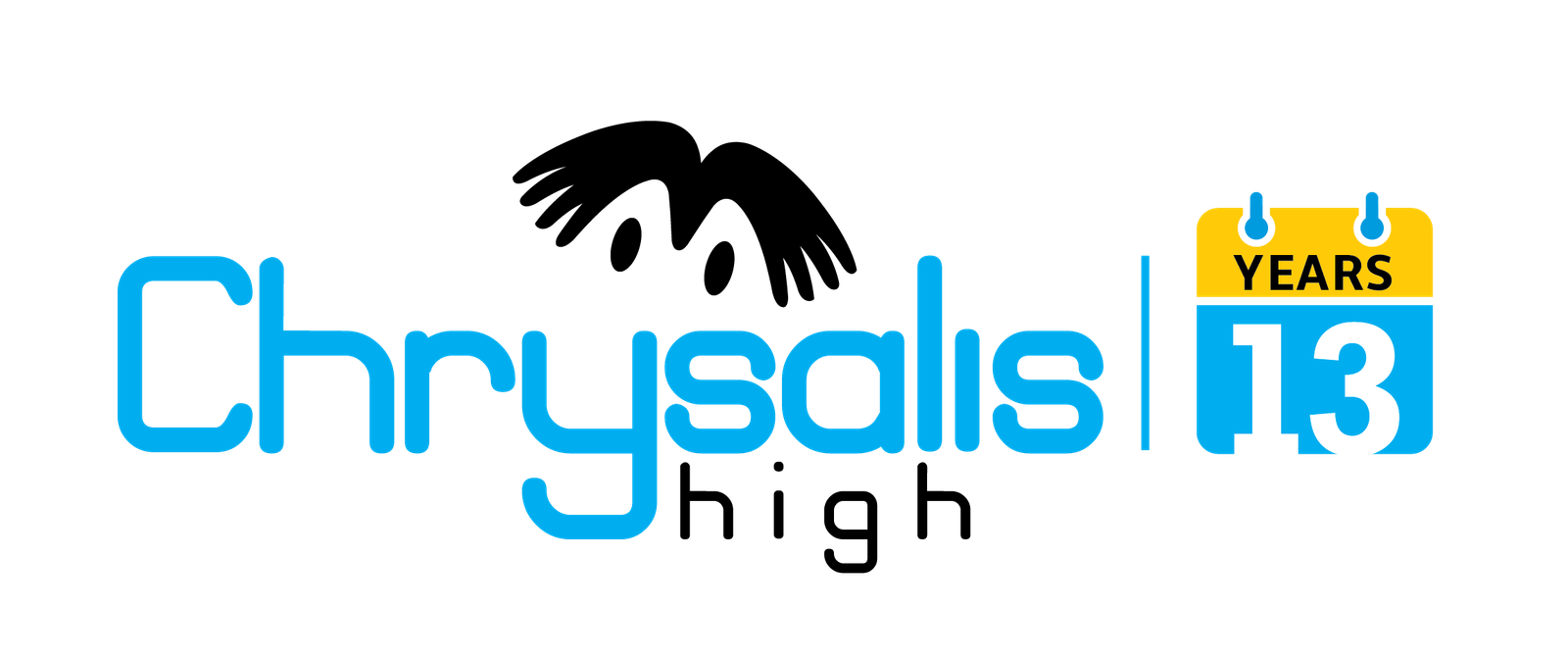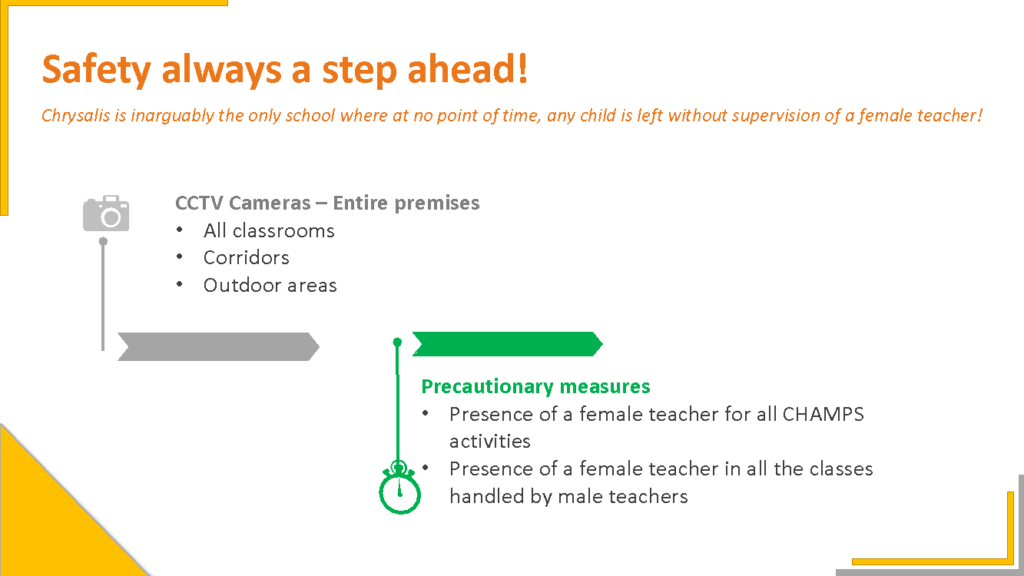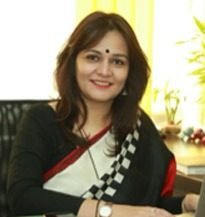Our minds often wander when we look up at the stars at night. Beyond Earth, beyond the Moon, beyond the twinkling stars, lies our cosmic neighborhood—the solar system. So, what is the solar system? It’s a grand stage where the Sun is the star of the show, and planets, moons, and many other celestial things move to the beat of its gravity.
There is more to the solar system than just a bunch of faraway things. Our history, our shield, and maybe even our future are all in it. Understanding this massive structure links you to the world we all live in, whether you’re a student, a science fan, or just someone who is interested.
What is the Solar System?
First things first: what is the solar system? It is a group of stellar objects held together by the Sun, our central star. What’s in it:
- The Sun
- The eight main planets
- More than 200 moons
- Five officially recognized dwarf planets
- Millions of asteroids, comets, and meteoroids
- Interplanetary gas and dust
These things move around the Sun in paths that are very close to circular to very curved, covering millions to billions of kilometers.
It’s not something that stays the same. Astronomers keep finding new moons and minor planets, and planets are constantly changing their orbits around the Sun.
The solar system goes far beyond Neptune, into the Kuiper Belt, and maybe even to the Oort Cloud, which is a circular shell made of icy objects that is more than a light-year from the Sun.
How Did the Solar System Form?
How did the solar system form? It is one of the most fascinating astronomical questions. Observations and data gathered over many years support the nebular hypothesis, which scientists think holds the answer.
Step 1: The Solar Nebula
About 4.6 billion years ago, a solar nebula, a massive cloud of gas and dust, started to fall apart because of its weight. A supernova explosion nearby may have caused this fall by sending shockwaves through the cloud.
It spun faster and smoothed into a spinning disk as the cloud fell apart. The conservation of angular momentum is responsible for this phenomenon, similar to how a figure skater spins faster when they pull in their arms more.
Step 2: Formation of the Sun
Stress and warmth increased in the middle of this disk until nuclear fusion began, creating our Sun. When hydrogen atoms fused together to make helium, they released massive energy that lit up the Sun’s bright light.
Step 3: Birth of Planets
Small pieces of rock, ice, and gas clashed and stuck together in the outer disk, making planetesimals, which are small things that would eventually turn into planets. Over millions of years, these kept crashing into each other, making protoplanets and then the eight main planets.
The hotter inner disk made rocky planets like Mercury through Mars. The cooler outer disk, on the other hand, made gas and ice giants like Jupiter through Neptune.
Components of the Solar System
The solar system is an active and rich collection of heavenly objects thanks to its various components. Here is a list of the main components of the solar system:
- The Sun: The Sun is a G-type main-sequence star, also known as a yellow dwarf. It holds 99.8% of all the mass in the solar system.
- Planets: There are eight planets, with rocky planets in the middle and gas/ice giants on the edges. All of them move around the Sun in circular orbits around their own axes.
- Dwarf Planets: These planets go around the Sun but haven’t left their orbital neighborhood yet. Pluto, Eris, Haumea, Makemake, and Ceres are some examples.
- Moons: It is known that more than 200 moons circle both planets and dwarf planets. Moons are very different in size and shape.
- Asteroids: These are flat rocks that are most often found in the belt between Mars and Jupiter, called the Asteroid Belt.
- Comets: Comets come from the Kuiper Belt and the Oort Cloud. They are made up of ice, rock, and dust.
- Meteoroids: These are smaller pieces of comets or asteroids. It is when they hit Earth’s atmosphere that they turn into meteors.
- Interplanetary Dust and Plasma: Space between planets is filled with tiny particles and plasma from the solar wind. These particles and plasma affect the magnetospheres of planets and the heliosphere.
The Sun – The Heart of the Solar System
The Sun powers the whole solar system. It is 1.39 million km across, 109 times bigger than Earth, and weighs 330,000 times more.
How It Works And What It Does
Hydrogen (about 74%) and helium (24%) comprise most of it. The Sun changes hydrogen into helium in its core through nuclear fusion. This process releases light and heat that keep life going on Earth.
How It Affects Orbits And Seasons
Other components of the solar system are held in motion by the Sun’s gravity. It has an impact on:
- Earth’s seasons (because of its tilt)
- Tides in the ocean (because of the Moon)
- Patterns of climate and weather (from sunlight)
There would be no life as we know it without the Sun.
The Planets of the Solar System
Based on their makeup and distance from the Sun, the planets of the solar system are split into two groups.
Inner (Terrestrial) Planets
- Mercury: Smallest, no atmosphere, extreme temperatures
- Venus: Hottest, dense atmosphere of Carbon Dioxide, thick clouds
- Earth: The only known planet with life, liquid water
- Mars: Known for red soil, ancient riverbeds, potential for microbial life
Outer (Jovian) Planets
- Jupiter: Largest, known for its Great Red Spot, 95+ moons
- Saturn: Famous for its rings, over 140 moons, and moonlets
- Uranus: Rotates on its side, with a bluish color due to methane
- Neptune: Windy and distant, home to supersonic storms
But even though each planet is different, they all move around the Sun in relatively stable, flat paths.
Dwarf Planets and Other Small Bodies
Dwarf planets like Pluto are essential parts of the story of the solar system, even though they aren’t considered main planets anymore.
Recognized Dwarf Planets:
- Pluto: Icy and mysterious, with five known moons
- Ceres: The only dwarf planet in the Asteroid Belt
- Haumea: Known for its elongated shape and rapid rotation
- Makemake: Bright and icy, located in the Kuiper Belt
- Eris: Slightly smaller than Pluto but more massive
There are probably a lot of other objects in the Kuiper Belt and the faraway Oort Cloud that are also dwarf planets but have not yet been found.
Moons of the Solar System
Moons are very different from one another, and some are thought to be just as interesting as planets.
Famous Moons:
- Moon (Earth): Stabilizes Earth’s tilt and causes tides
- Io (Jupiter): Most volcanically active body
- Europa (Jupiter): May have a subsurface ocean
- Titan (Saturn): Dense atmosphere, methane lakes
- Ganymede (Jupiter): Largest moon in the solar system
- Enceladus (Saturn): Emits water plumes, suggesting an underground ocean
Modern space projects primarily aim to find life in the seas below the surface of moons like Europa and Enceladus.
Asteroids, Comets, and Meteoroids
These smaller heavenly bodies are like time boxes that hold memories of how the solar system came to be.
Asteroids
- Made of metal and rock
- Most of them are in the Asteroid Belt.
- Vesta and Ceres are two of the biggest.
Comets
- Made up of ice and dust
- Get tails when they get close to the Sun.
- The most well-known annual comet is Halley’s Comet.
Meteoroids
- Small pieces of comets and asteroids
- Become meteors when they hit Earth’s atmosphere
- Astronomers call them meteorites if they land.
They help us determine how planets formed and what kinds of things were in the early solar system.
Importance of Studying the Solar System
There are many more reasons to study the solar system besides just being interested. It is essential for research, keeping Earth safe, and finding out where we fit in the world. Scientists find out important things about life and technology through space missions, telescopes, and computer simulations. It is impossible to overstate the importance of studying the solar system:
- Understanding How and Why Earth Came to Be: To learn about Earth’s geological past, climate trends, and atmospheric growth, we need to know how planets and moons formed.
- Some Hints About Life Beyond Earth: By studying moons like Europa and Enceladus, we look for places other than Earth where life might exist.
- Defense of the Planets: By keeping an eye on rocks and comets, we can track possible risks and devise ways to stop disasters.
- Progress in Technology: Robotics, computers, satellite transmission, and materials science are all advanced because of space research.
- Exploration and Settlement by Humans: Missions to Mars and the Moon prepare the way for people to live in the future on planets other than Earth.
- Inspiring Future Generations: Exploring the solar system sparks people’s imaginations, promotes STEM education, and creates a feeling of wonder around the world.
To sum up, learning about the solar system helps us learn more about Earth, protect its future, and discover new things.
Fun Facts About the Solar System
Many strange, amazing, and mysterious things in the solar system make us question what we know about space.
- Olympus Mons on Mars is the tallest volcano in the solar system. It’s nearly three times the height of Mount Everest and spans as wide as France.
- The Great Red Spot on Jupiter is a massive storm that has been going on for at least 350 years. Three Earths could fit inside it because it’s that big.
- If you could find a pool that big, Saturn would float in water because it is so light.
- Uranus spins on its side and has an axial tilt of 98°. This may be because it was in a big crash in the past.
- Venus spins the slowest – one day is longer than a year on Venus.
- Even more interesting, Neptune’s winds are the fastest in the solar system, going faster than the speed of sound!
Conclusion
We can better understand our place in the world by understanding what is the solar system, which provides more than just information about space. Born from stardust, this amazing structure holds the keys to humanity’s future and the secrets to Earth’s past.
Every project we send into space, like probes, rovers, and cameras, adds to the cosmic puzzle. The solar system is a live, breathing system that links science, wonder, and the human desire to find new things.
FAQs
How many planets are in the solar system?
The IAU lists eight critical planets in the solar system. These are Mercury, Earth, Venus, Mars, Saturn, Jupiter, Uranus, and Neptune.
Why isn’t Pluto a planet anymore?
Pluto was reclassified as a dwarf planet in 2006 because it doesn’t clear its circular path of other objects, which is one of the main requirements for being a whole planet.
What is the largest object in the solar system?
As the biggest star in the system, the Sun holds 99.8% of the system’s mass.
How old is the solar system?
The age of meteors and nuclear dating of Earth’s rocks show that the solar system is about 4.6 billion years old.
What lies beyond the solar system?
There is interstellar space, which is beyond the solar system and is full of stars, exoplanets, and cosmic radiation. The Oort Cloud might be the edge of the solar system.
Can life exist elsewhere in the solar system?
Perhaps. Scientists think that Europa, Enceladus, and even Titan could have microbes because they have oceans below the surface.


